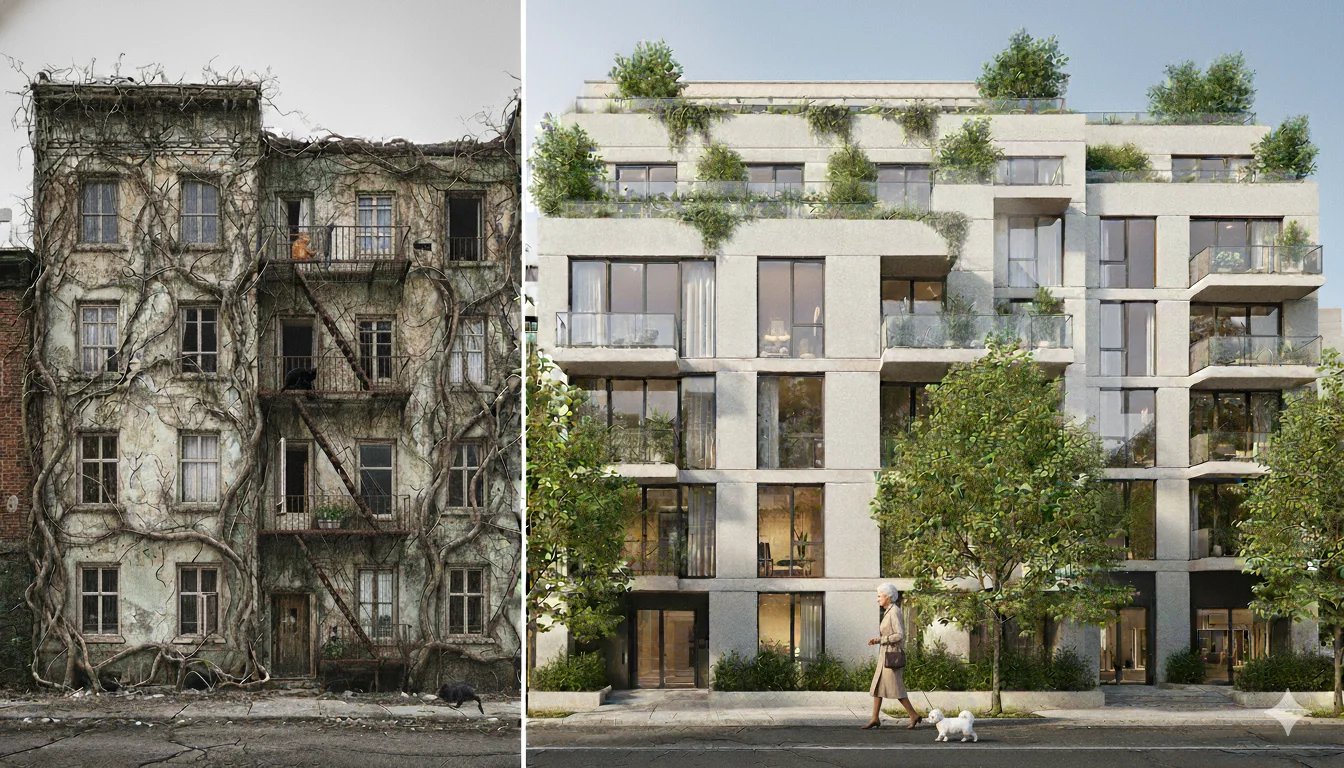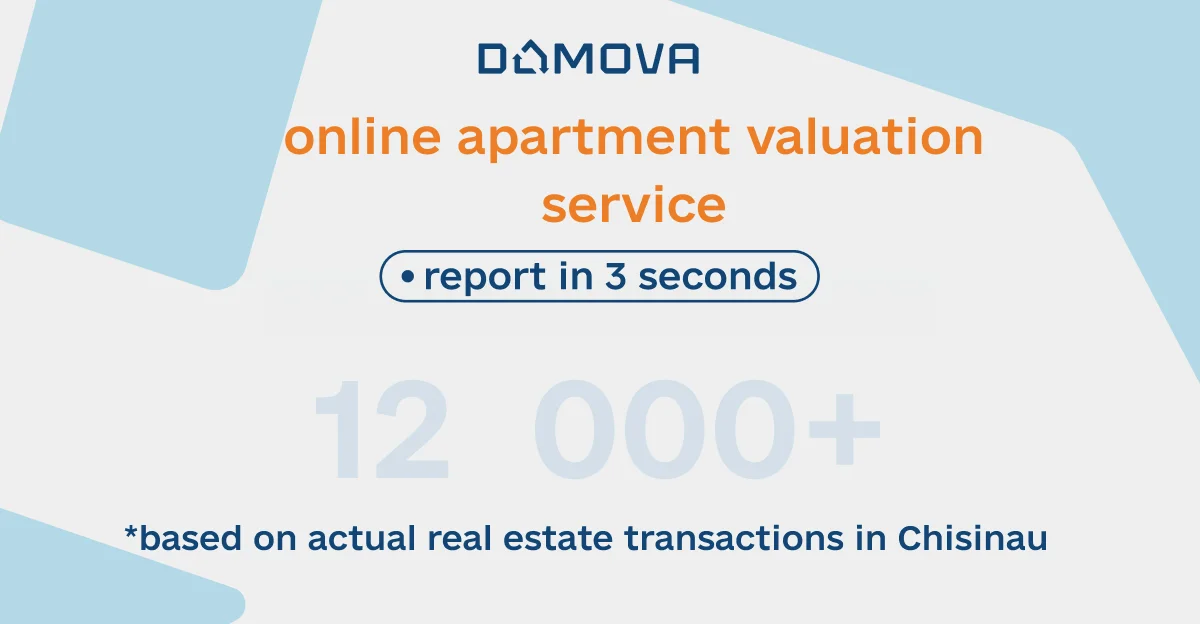Residential real estate in Ukraine in 2024
The Ukrainian residential real estate market in 2024 is gradually recovering but faces regional and structural disparities. Explore key trends and influencing factors in our analysis.

Ukraine’s residential real estate market in 2024 showed gradual recovery, yet significant regional and structural disparities remained. These critical trends shaping the industry’s dynamics are reflected in data from the State Statistics Service, as reported by Danilo Hetmantsev, head of the parliamentary committee on taxes and finance.
Growth in residential construction volumes
From January to September 2024, 6.73 million square meters of housing were commissioned, a 23.5% increase compared to the same period last year. The number of completed apartments (in both single-family and multi-family buildings) rose by 19.1% to 79,200 units. However, total housing volumes remain at 76.9% of the last pre-war year’s levels (2021).
Regional disparities
Kyiv, Kyiv Oblast, and Western Ukraine remain leaders in housing commissioning. Western regions (Lviv, Ivano-Frankivsk, Zakarpattia, Volyn, Chernivtsi, Ternopil, and Rivne Oblasts) accounted for 38.7% of the total housing area, a significant increase from 31.7% in 2021.
Conversely, five regions (Kyiv, Kharkiv, Sumy, Volyn, and Cherkasy Oblasts) experienced a decline in construction volumes. This is attributed to security risks and limited demand for housing in war-affected areas.
Multi-family and private housing
The recovery in multi-family housing construction is ongoing but remains subdued, reaching only 54.1% of 2021 levels in 2024. Private residential construction, on the other hand, demonstrated significant growth, exceeding pre-war levels by 20.5%. This is partly due to the legalization of previously constructed private homes.
Key factors and prospects
The residential real estate market is influenced by several factors:
- Security risks: Developers are cautious about investing in new projects, which affects the pace of multi-family housing construction.
- Economic challenges: Low investment demand from the population restricts activity in the primary market.
- State support: Programs like “eOselya” and “eVidnovlennya” aim to support the market but have limited impact due to constrained funding.
Noticeable market activation is only possible with reduced security risks, which would increase investor and consumer confidence.
Conclusions
Ukraine’s residential real estate market is gradually recovering from the shocks of war and economic crisis. Despite positive dynamics in housing commissioning, the sector remains dependent on state support and external factors. Stability and strategic approaches to investment attraction and construction support are essential for further development.The Ukrainian residential real estate market in 2024 is gradually recovering but faces regional and structural disparities. Explore key trends and influencing factors in our analysis.
Last News
Ukraine’s housing deficit has reached a historic scale — millions of apartments lost, and new construction covers less than 1 % of needs. Yet within this crisis lies opportunity: old buildings can become a new foundation for recovery through collective action and investment.
We’re executing the Seeds of Bravery grant and have received the Seal of Excellence. This post shares product progress and the impact on scaling.
In September, DOMOVA introduced a free online apartment valuation service in Chișinău. The algorithm, based on 12,000+ transactions, generates a report in 3 seconds with ±5% accuracy, helping homeowners understand the true market value of their property.


